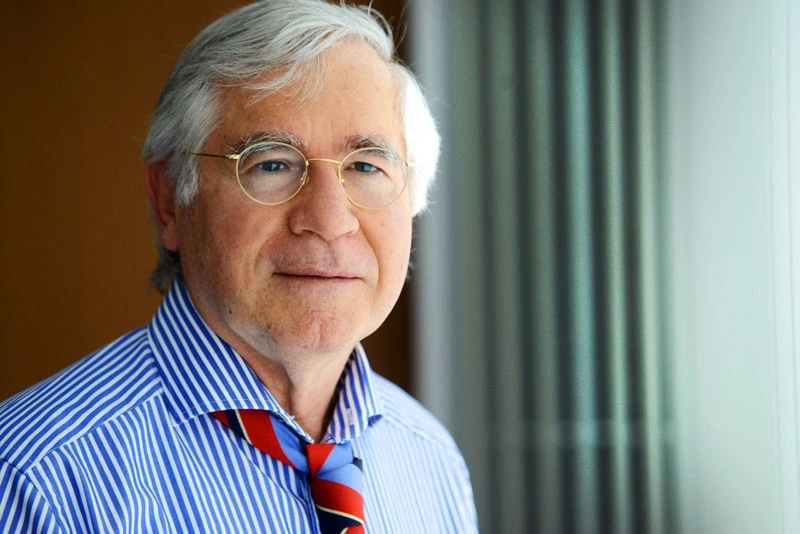Fishing for Innovation
Huge potential for innovation and qualified staff make Germany an attractive business location for start-ups
Not only do fishers require patience, but also the right technique to catch as many of the desired fish as possible. Prof. Hubert Köster likes to use the angling example to illustrate technology called “Capture Compound Mass Spectrometry (CCMS). It forms the foundation of his biotech company, Caprotec, which was founded in 2006 and relocated to Adlershof in 2008. His aim is to find out how so-called small molecules, such as pharmaceutical agents, interact with proteins. This makes detection early on possible as to whether these agents are suitable for medical use or whether they have too many undesirable effects.
The Caprotec method involves equipping molecules with special functions, while the active agent serves as a lure, in order to put the hook into those specific proteins by way of a chemical reaction. “Our fishing rod is a magnetic procedure for isolating the reaction product which can then be identified precisely,” Köster says.
It is already Köster’s fourth startup. In 1981, the professor for organic chemistry and biochemistry at the University of Hamburg founded the first genetic engineering company in Germany. He sold it a few years later to a US firm. He then moved to the East Coast of the United States himself as a co-founder of Milligen/Biosearch in 1987 and later started the company Sequenom in San Diego, California in 1994. The latter focused on the analysis of mutations in the human genome. Sequenom flourished under CEO Köster and witnessed the third-best biotechstock market launch ever at the US stock exchange Nasdaq.
“It is easier to make start-ups happen in the U.S. than in Germany,” the Hamburg native Köster states. Venture capital is more readily available there and to a greater extent. Americans tend to focus more on opportunities and are more prone to invest in something new. In contrast, according to Köster, Germans at first focus more on the risks. Moreover, many universities that are “managed like companies” are an ideal breeding ground for new companies (“spin-offs”).
Compared to the U.S., Köster generally sees room for improvement regarding the transfer of research into application in Germany. However, much has been improved in recent years. The great advantage of Germany is the availability of highly qualified staff, thanks to the dual education system, and the enormous potential for innovation.
For this reason, when Köster withdrew from Sequenom at the end of 2000, he also decided to leave the U.S. Retiring was not an option for the Hamburg-born researcher with the “entrepreneurial spirit in his genes”. His vision of developing the Caprotec-technology did not let him go. The discovery of new medical indications of known pharmaceutical agents (“repositioning”) have pushed the company into its next crucial growth phase. Köster is also full of praise for the fast and uncomplicated manner in which his Caprotec start-up, meanwhile counting 30 employees, was established in Adlershof. Moreover, he states, Berlin has by now become a prime address for biotechnology.
By Paul Janositz for Adlershof Special
